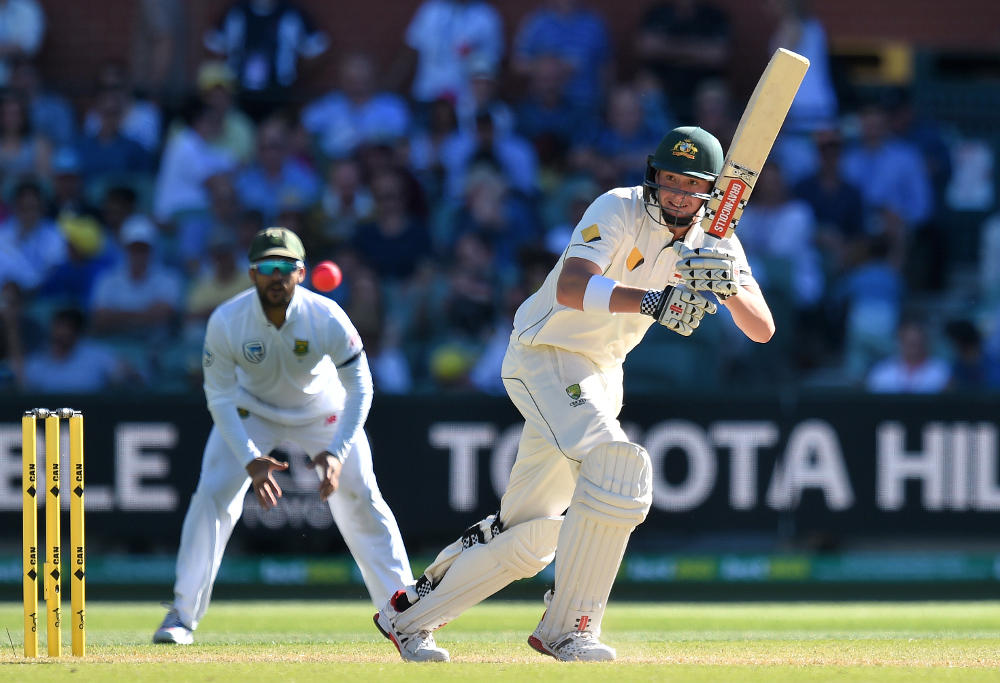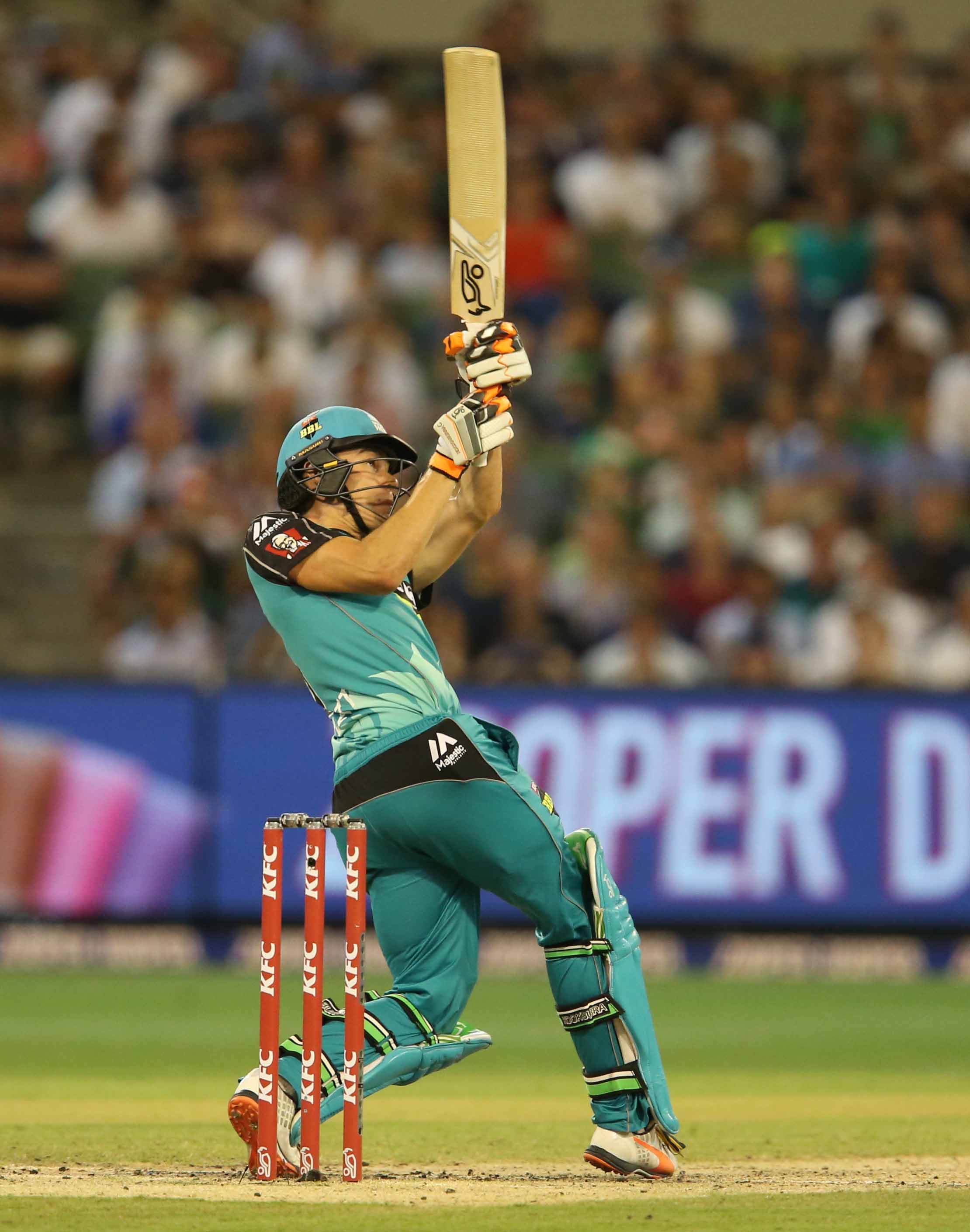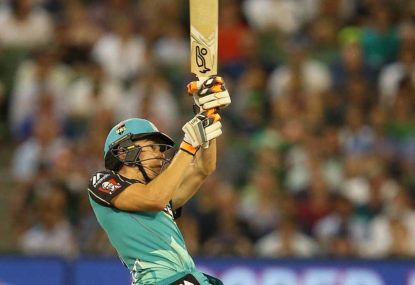Sam Heazlett has never played a domestic 50-over game, yet the 21-year-old batsman’s ascension to the Australian ODI squad shapes as another clever choice by a selection panel investing heavily in youth.
In finding a replacement for injured skipper Steve Smith during the current ODI series in New Zealand, Australia could have plumped for experience and weight of runs.
That would have led them back to the likes of 33-year-old Cameron White, who averaged 76 in the domestic one-dayers this summer a had a solid 88-game ODI career.
Or to 32-year-old Callum Ferguson, who has averaged 51 with the bat across the past three domestic One Day tournaments and averages 41 from his 30 ODIs.
Either of those veterans would have slotted seamlessly into Australia’s ODI line-up. Ferguson has learned firsthand, however, that the fresh selection panel is increasingly prepared to take risks on young players in whom they see expansive talent.
The South Australian was ditched after just a solitary Test in November in favour of the gifted but unpredictable Nic Maddinson. That move was a major swing and a miss for the selectors.
Ferguson had well and truly earned his crack at Tests after averaging 50-plus in each of the previous three Sheffield Shield seasons.
Maddinson, meanwhile, was considered by many pundits and fans to be too loose a batsman to succeed in Tests at this stage of his career. That suspicion was proven correct across his three Tests.
But the selectors deserve great credit for their other two punts made in the Adelaide Test against South Africa. Young batsmen Peter Handscomb and Matt Renshaw have instantly flourished in Tests and both shape as long-term members of Australia’s top six.

Perhaps emboldened by this success the selectors then gambled again during the recent ODI series against Pakistan. They included 22-year-old beanpole quick Billy Stanlake, despite the fact he’d only played four List A games and two first-class matches in his entire career.
Stanlake had a mixed return in his two matches. In the first one he went off the ground after bowling just three overs, due to illness. Then, at the WACA, Stanlake was besieged by blazing Pakistan opener Sharjeel Khan, conceding 27 off his first two overs, including four consecutive boundaries to end his second over.
But he bounced back brilliantly to take 1-28 from his remaining eight overs, displaying determination to go with his eye-catching pace and bounce. During those final eight overs Stanlake bowled numerous scorching deliveries which would have befuddled any batsman on the planet.
His potential to blossom into a quality international bowler was plain for all to see. It was a wise move by the selectors to offer Stanlake this early taste of representing his country.
Often we hear criticism from cricket fans about international caps being handed out willy nilly.
But, unlike Tests, limited overs matches do present selectors with opportunities to trial players here and there.
Testing out a battery of new players all at once is not wise, as we saw when Australia lost 5-0 in South Africa last year with a bowling attack filled with rookies. Done in moderation, however, it can be a fine way to blood an inexperienced cricketer of rare talent.
Heazlett is one such player. As a 20-year-old, in his debut season, Heazlett finished in the top ten run-scorers in the Shield, with 649 runs at 41.
Just months later he played his first-ever List A match, for Australia A in the triangular 50-over series against South Africa A and India A.
Heazlett’s first knock was 101 from 87 balls against a South Africa A attack which included four bowlers who had played international cricket.

By the end of that debut series he had topped Australia’s run-scoring chart with 289 runs at 72, at a good strike rate of 95. So Heazlett has had stunning first campaigns in both List A and first class cricket.
One of the first things you notice about the left-hander is his power. Heazlett is not a slogger or a slasher, but he really throws himself into his strokes. His bat speed, even from early in his innings, is quite startling. Heazlett is able to get away with that because his balance is so good, his head so still.
When fast bowlers over-pitch he loves to thrash the ball through the covers or past mid-off. If they overcorrect he’s waiting to unfurl his favoured pull shot. Against the spinners Heazlett is proactive, using his feet to get to the pitch of the ball and then drive them through or over the infield.
At the core of all of these attacking strokes is a solid, simple defensive technique. Heazlett is very easy on the eye, the kind of batsman who will quickly garner fans. But chances are that he won’t feature again for Australia for some time after this series against New Zealand.
Heazlett is only there because Smith, David Warner, Mitch Marsh and Usman Khawaja are not, for varying reasons. All four of those guys are in Australia’s best XI. Whoever came in to replace Smith was on borrowed time.
That’s why it was smart by the selectors to pick a young prospect who would really benefit from the experience, like Heazlett, rather than bringing in a veteran like White of Ferguson for a one-off series appearance.































































































